Species Photo Gallery for Aphrophora quadrinotata Four-spotted Spittlebug 50 |
 | Photo by: Marilyn Westphal
Henderson Co.
Comment: Old field flood plain | 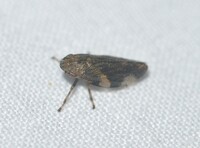 | Photo by: K. Bischof
Transylvania Co.
Comment: GORG |
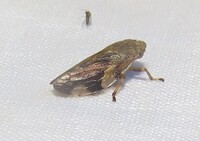 | Photo by: B. Bockhahn
Macon Co.
Comment: | 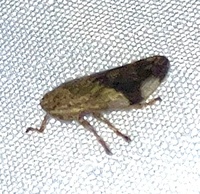 | Photo by: Ken Kneidel
Watauga Co.
Comment: came to UV light and sheet at night |
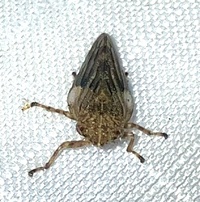 | Photo by: Ken Kneidel
Watauga Co.
Comment: came to UV light and sheet at night | 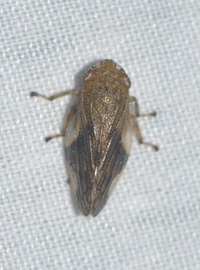 | Photo by: K. Bischof
Transylvania Co.
Comment: GORG |
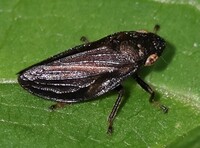 | Photo by: Rob Van Epps
Watauga Co.
Comment: |  | Photo by: Ted Wilcox
Watauga Co.
Comment: unid_spittlebug |
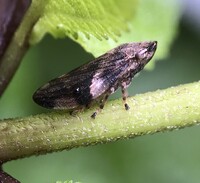 | Photo by: Ted Wilcox
Watauga Co.
Comment: unid_spittlebug | 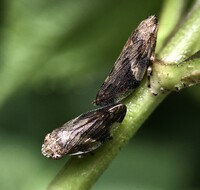 | Photo by: Ted Wilcox
Watauga Co.
Comment: unid_spittlebug |
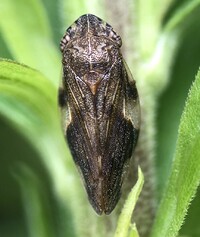 | Photo by: Ted Wilcox
Watauga Co.
Comment: | 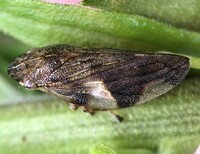 | Photo by: Ted Wilcox
Watauga Co.
Comment: |
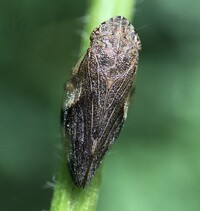 | Photo by: Ted Wilcox
Watauga Co.
Comment: unid_leafhopper | 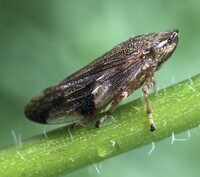 | Photo by: Ted Wilcox
Watauga Co.
Comment: unid_leafhopper |
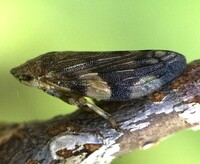 | Photo by: Ted Wilcox
Watauga Co.
Comment: unid_spittlebug | 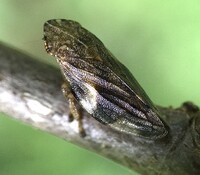 | Photo by: Ted Wilcox
Watauga Co.
Comment: unid_spittlebug |
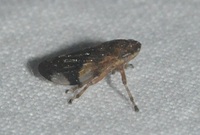 | Photo by: K. Bischof
Transylvania Co.
Comment: GORG |  | Photo by: Ted Wilcox
Watauga Co.
Comment: unid_spittlebug |
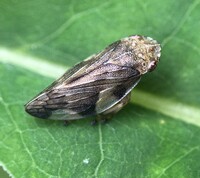 | Photo by: Ted Wilcox
Watauga Co.
Comment: unid_spittlebug | 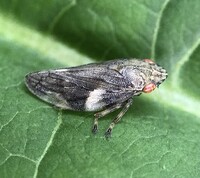 | Photo by: Ted Wilcox
Watauga Co.
Comment: unid_spittlebug |
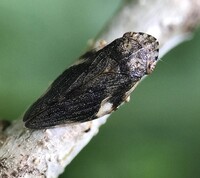 | Photo by: Ted Wilcox
Watauga Co.
Comment: unid_spittlebug | 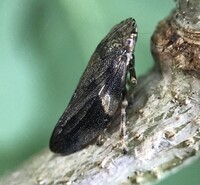 | Photo by: Ted Wilcox
Watauga Co.
Comment: unid_spittlebug |
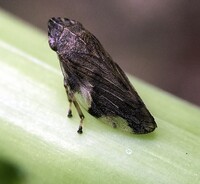 | Photo by: Ted Wilcox
Watauga Co.
Comment: unid_spittlebug | 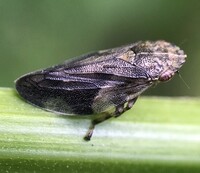 | Photo by: Ted Wilcox
Watauga Co.
Comment: unid_leafhopper |
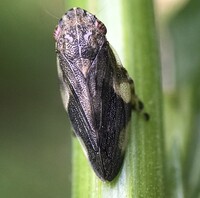 | Photo by: Ted Wilcox
Watauga Co.
Comment: unid_leafhopper | 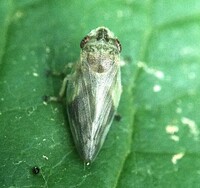 | Photo by: Ted Wilcox
Watauga Co.
Comment: unid_leafhopper |
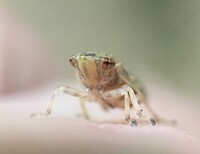 | Photo by: Ted Wilcox
Watauga Co.
Comment: unid_leafhopper |  | Photo by: Ted Wilcox
Watauga Co.
Comment: unid_leafhopper |
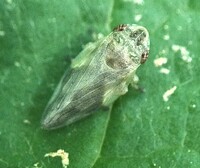 | Photo by: Ted Wilcox
Watauga Co.
Comment: unid_leafhopper | 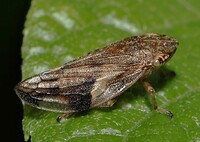 | Photo by: Rob Van Epps
Mecklenburg Co.
Comment: |
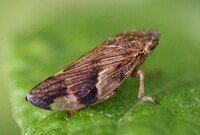 | Photo by: Rob Van Epps
Mecklenburg Co.
Comment: | 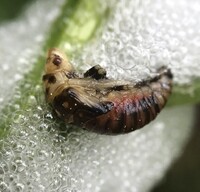 | Photo by: Ted Wilcox
Watauga Co.
Comment: unid_leafhopper |
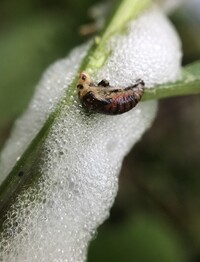 | Photo by: Ted Wilcox
Watauga Co.
Comment: unid_leafhopper | 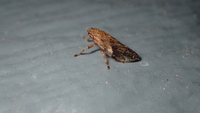 | Photo by: Erich Hofmann
Buncombe Co.
Comment: |
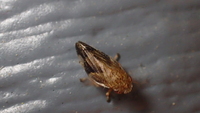 | Photo by: Erich Hofmann
Buncombe Co.
Comment: | 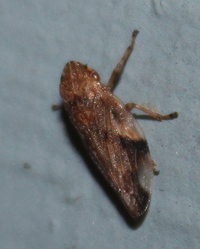 | Photo by: Vin Stanton
Buncombe Co.
Comment: Semi-wooded residential neighborhood |
 | Photo by: Jim Petranka
Madison Co.
Comment: | 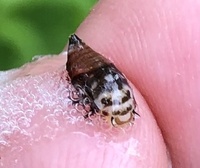 | Photo by: Ken Kneidel
Yancey Co.
Comment: mixed forest, 6000 ft elevation |
 | Photo by: Vin Stanton
Buncombe Co.
Comment: semi wooded residential neighborhood | 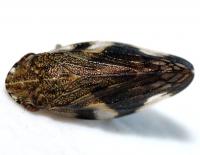 | Photo by: Kyle Kittelberger
Out Of State Co.
Comment: |
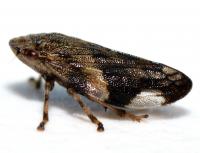 | Photo by: Kyle Kittelberger
Out Of State Co.
Comment: |  | Photo by: Kyle Kittelberger
Out Of State Co.
Comment: |
 | Photo by: Kyle Kittelberger, Brian Bockhahn, Paul Scharf
Avery Co.
Comment: grassy, brushy habitat and forest edge/interior | 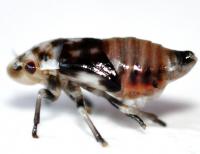 | Photo by: Kyle Kittelberger, Brian Bockhahn, Paul Scharf
Avery Co.
Comment: grassy, brushy habitat and forest edge/interior |
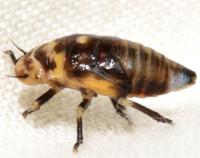 | Photo by: Kyle Kittelberger, Brian Bockhahn, Paul Scharf
Avery Co.
Comment: grassy, brushy habitat and forest edge/interior; nymph | 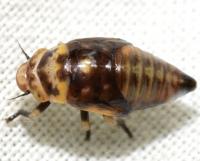 | Photo by: Kyle Kittelberger, Brian Bockhahn, Paul Scharf
Avery Co.
Comment: grassy, brushy habitat and forest edge/interior |
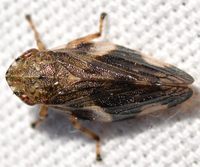 | Photo by: Kyle Kittelberger, Brian Bockhahn, Paul Scharf
Avery Co.
Comment: open area near mixed hardwood forest | 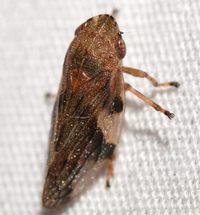 | Photo by: Kyle Kittelberger, Brian Bockhahn, Paul Scharf
Avery Co.
Comment: open area near mixed hardwood forest |
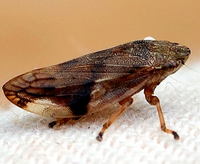 | Photo by: Paul Scharf
Warren Co.
Comment: Caught sweeping | 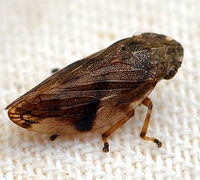 | Photo by: Paul Scharf
Warren Co.
Comment: Caught sweeping |
|

 »
»
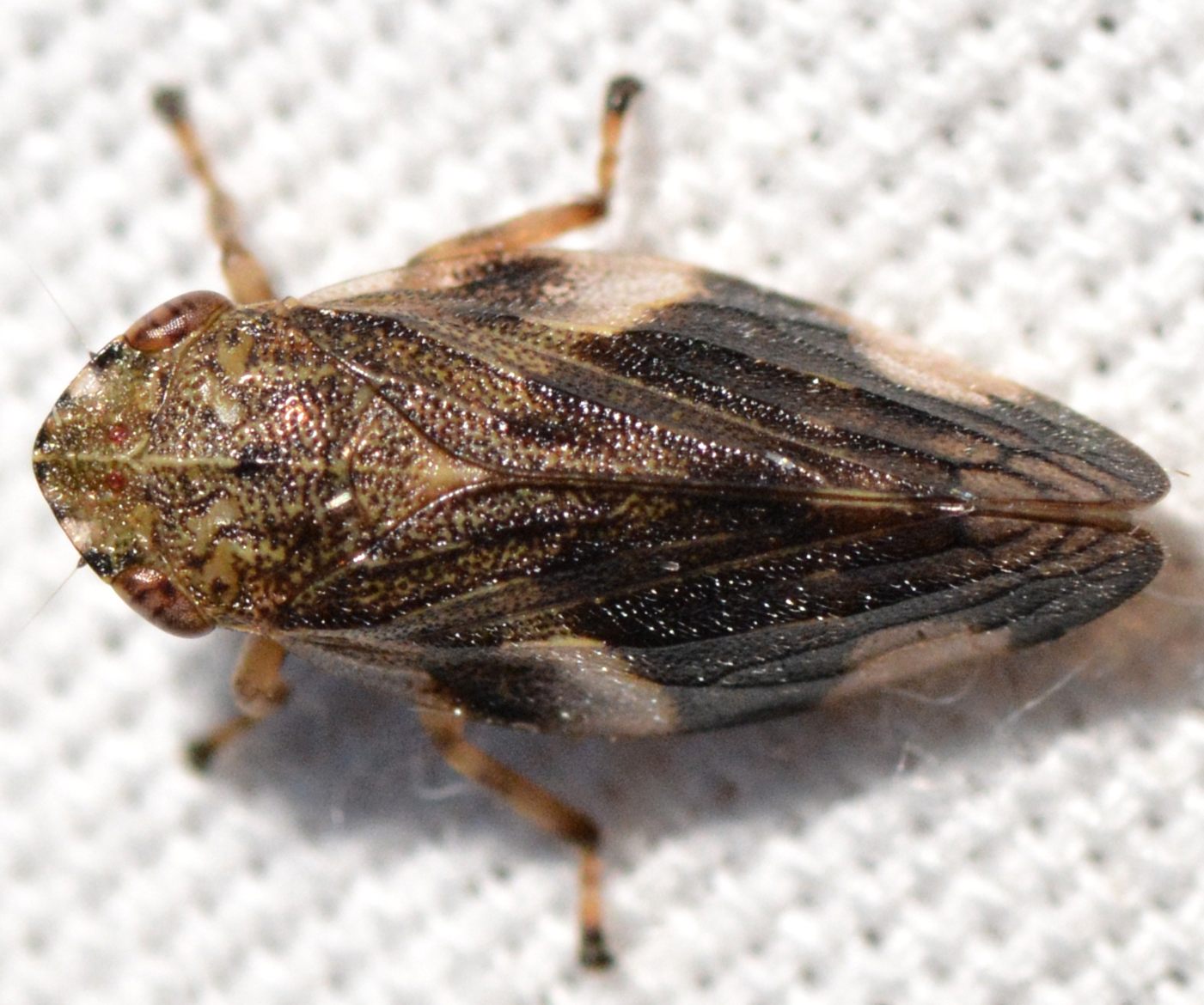
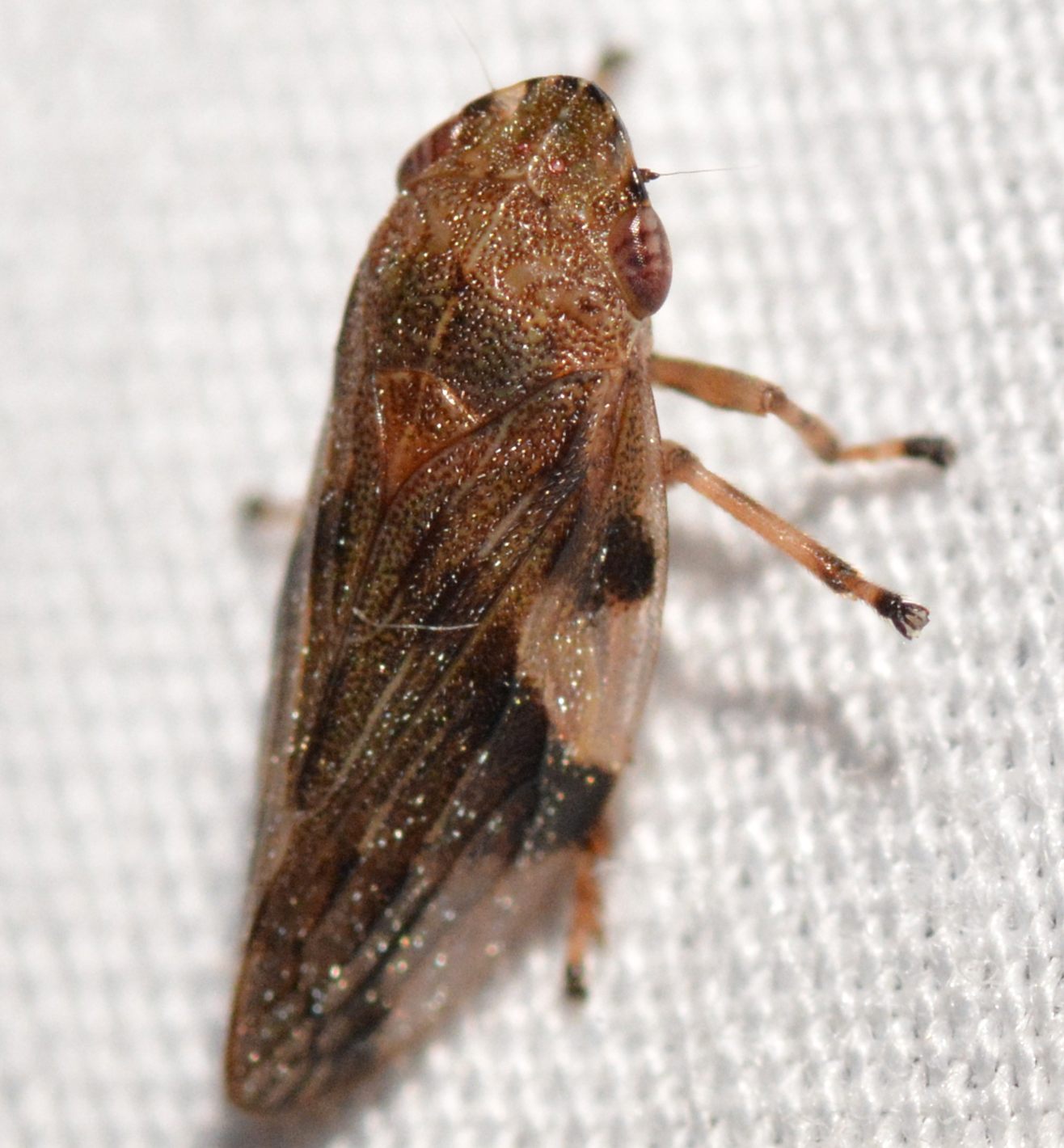
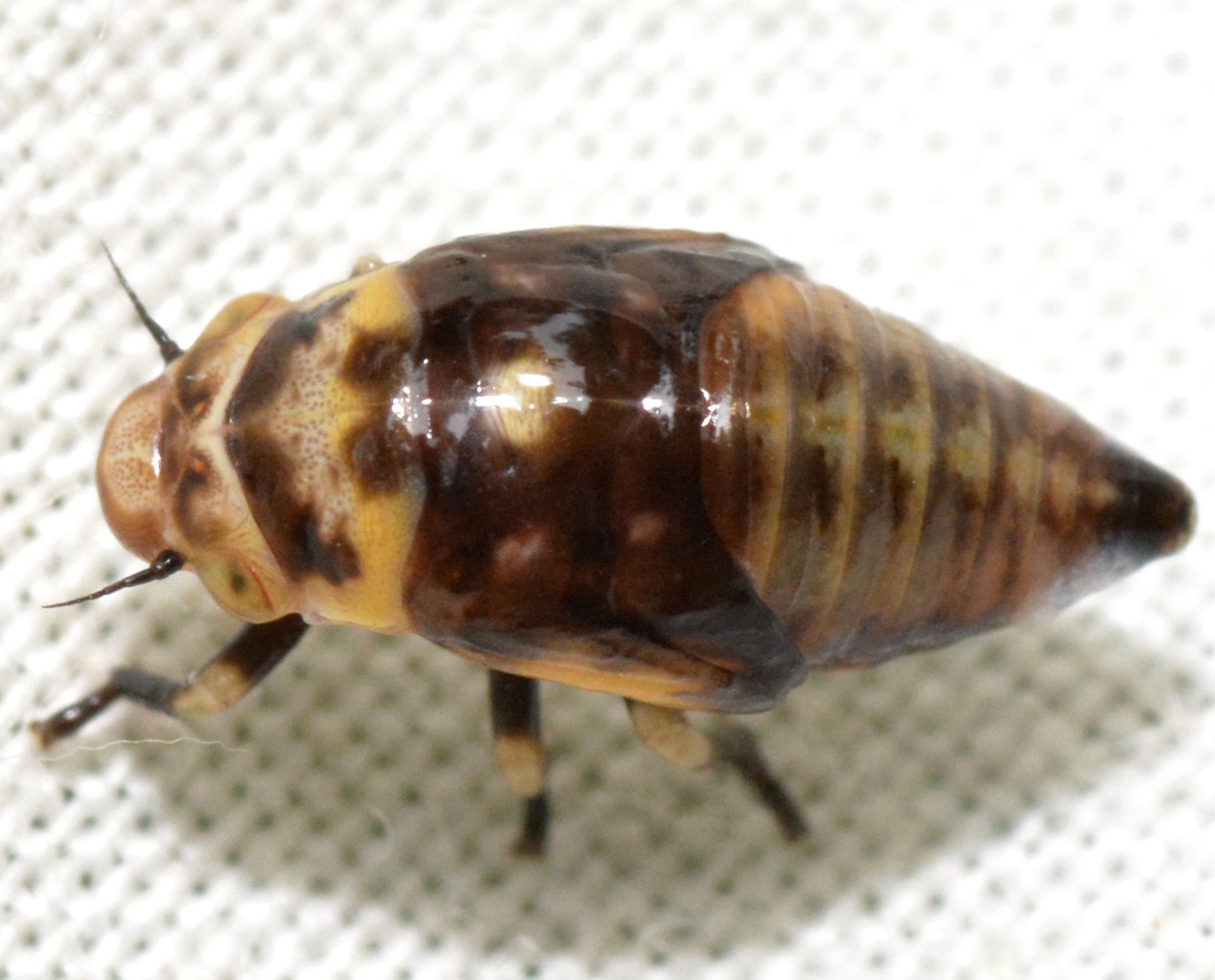

 »
»


